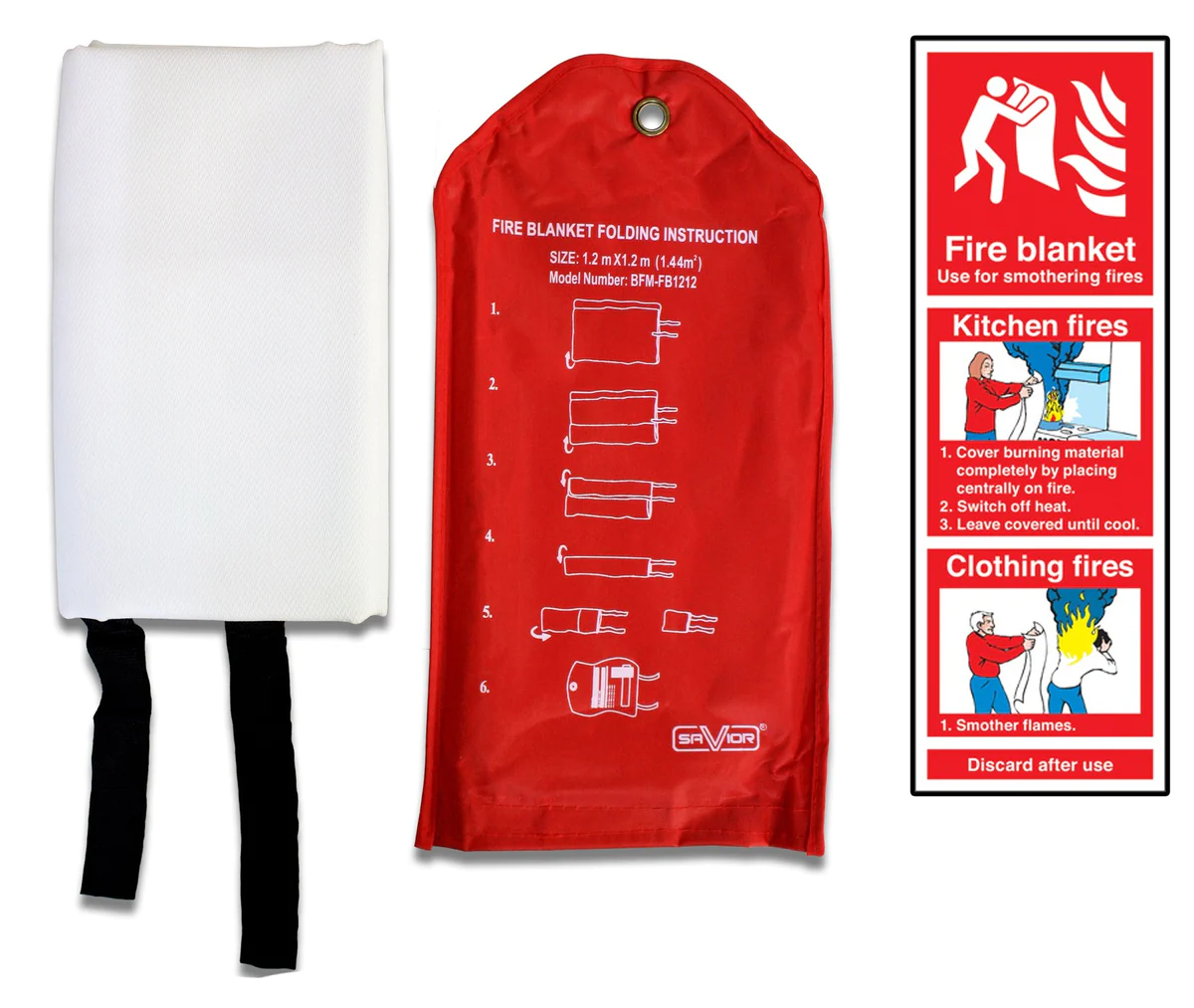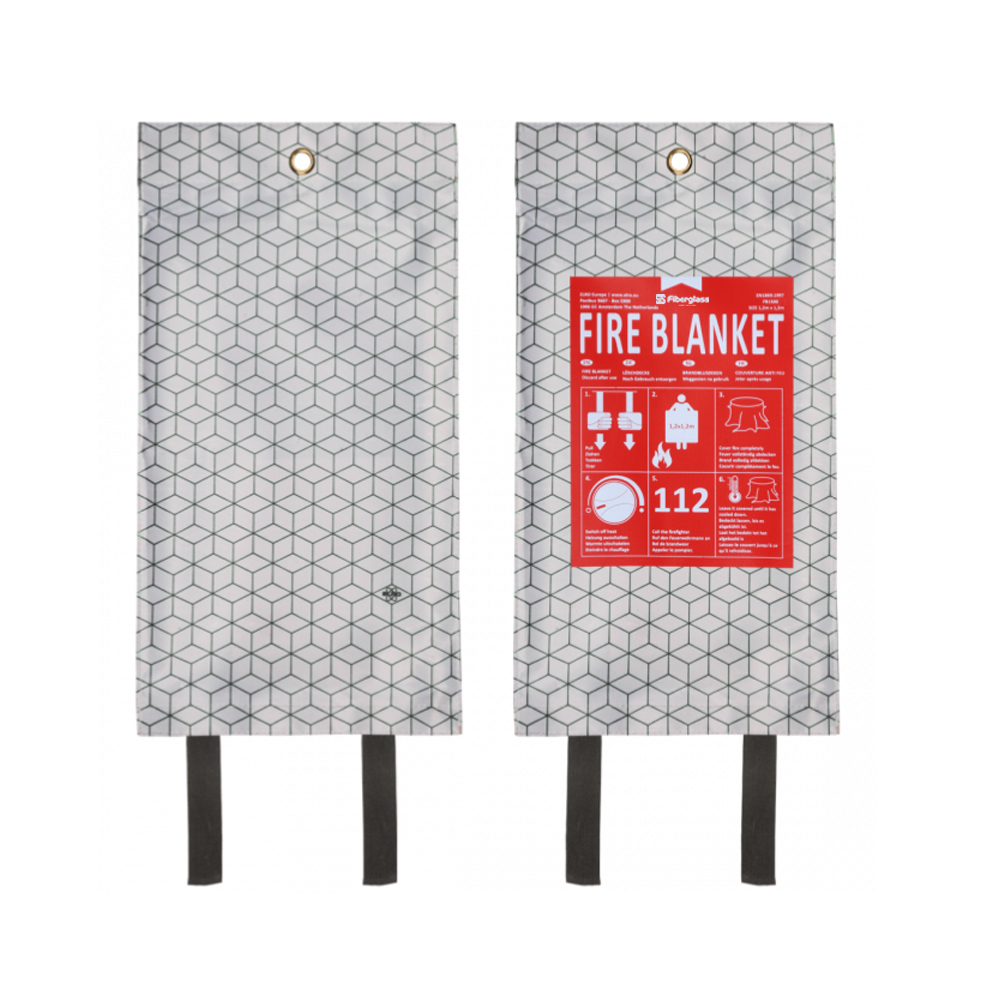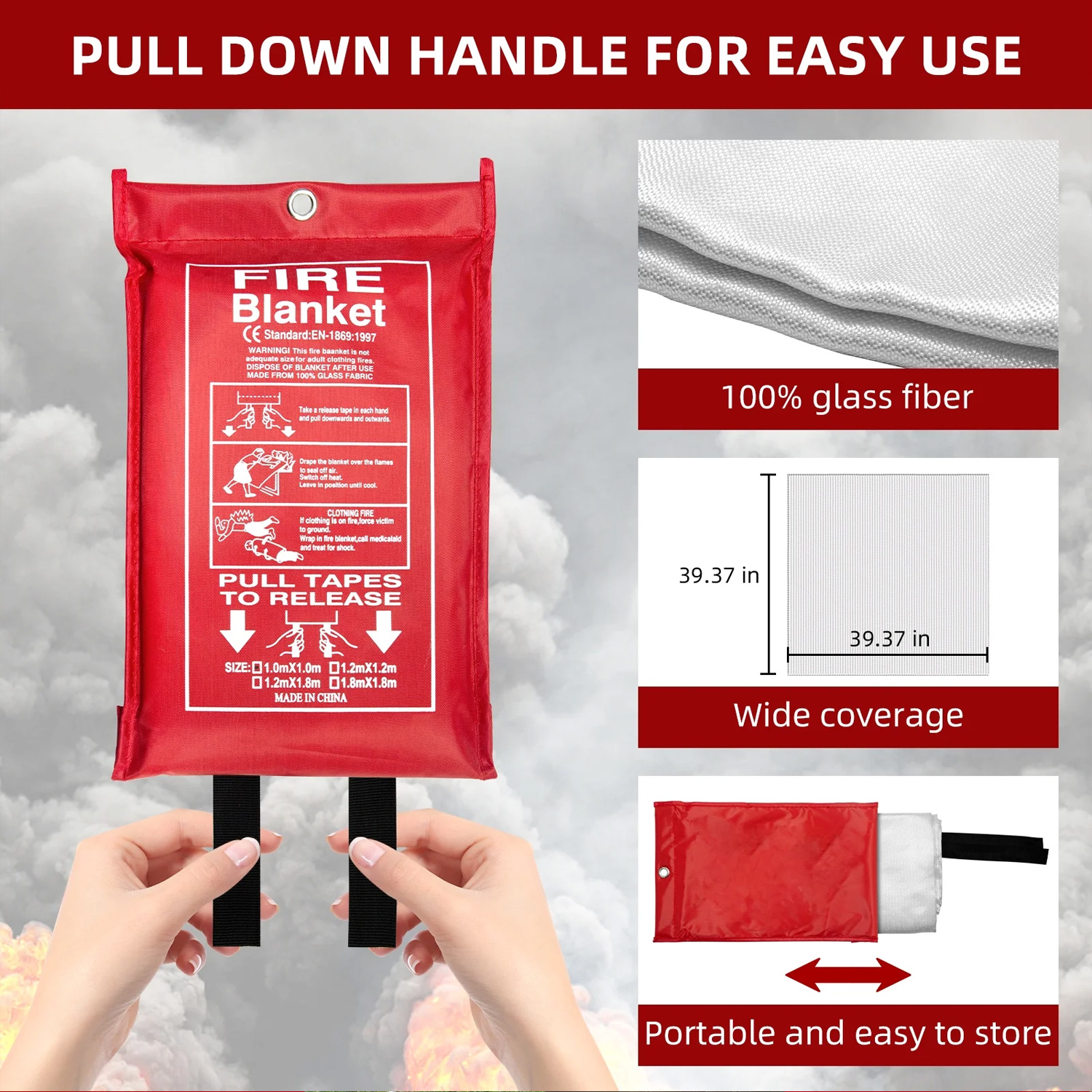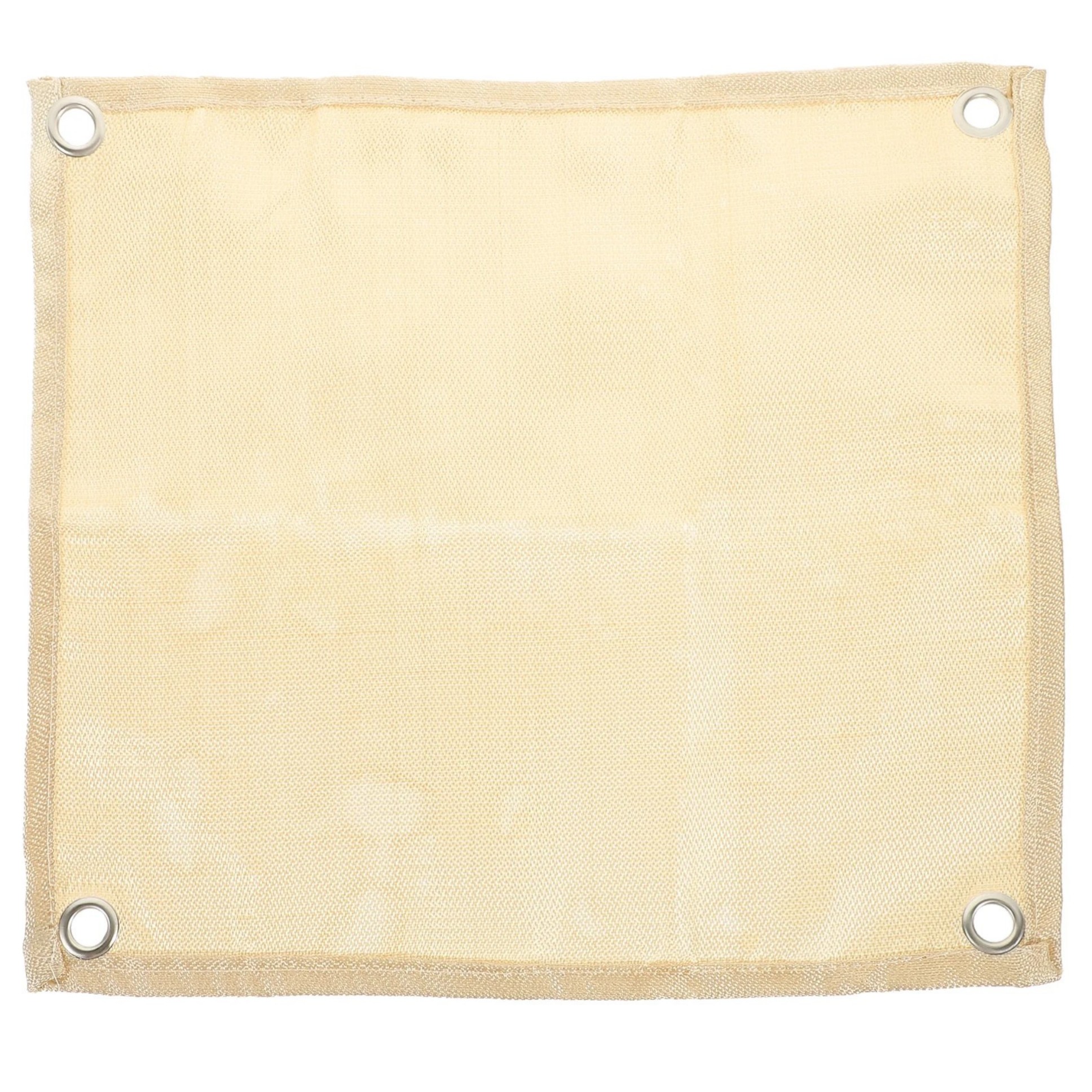Understanding Fire Safety: How Fire Blankets Disrupt the Fire Triangle
Summary:Fire blankets work by removing oxygen from the fire triangle (heat, fuel, oxygen). This guide explains fire dynamics, blanket usage, and how they compare to extinguishers for different fire types.
The Science Behind Fire: The Fire Triangle
All fires require three elements: heat, fuel, and oxygen. This combination is called the fire triangle. Remove any one element, and the fire goes out. Fire blankets primarily work by smothering flames - cutting off the oxygen supply that fires need to burn.
When you place a fire blanket over burning oil in a kitchen or cover a person whose clothes are on fire, you're disrupting the fire triangle. The blanket creates a barrier between the flames and surrounding air, starving the fire of oxygen within seconds.
When to Use a Fire Blanket vs. Extinguisher
Fire blankets excel in three specific scenarios where they outperform traditional extinguishers:
- Small contained fires:Ideal for stovetop grease fires (Class F) where water would spread flames
- Clothing fires:Safest way to smother flames on a person without chemical exposure
- Electrical fires:Non-conductive blankets can safely cover small electrical fires (Class E)
Unlike extinguishers that discharge chemicals, fire blankets leave no residue and require minimal cleanup. Their simple operation - pull the tabs and drape over flames - makes them perfect for home kitchens, labs, and workshops.
Proper Fire Blanket Technique
To effectively disrupt the fire triangle with a blanket:
- Turn off heat sources if safe to do so (removes heat from the triangle)
- Hold the blanket by its corner tabs to protect your hands
- Cover the entire fire area completely - no gaps for oxygen
- Leave in place for at least 15 minutes to ensure cooling
- Never lift the blanket to check - this reintroduces oxygen
Remember: Fire blankets work best on contained fires no larger than the blanket size (typically 1m x 1m). For larger fires, evacuate immediately and call emergency services.
Fire Blanket Materials and Maintenance
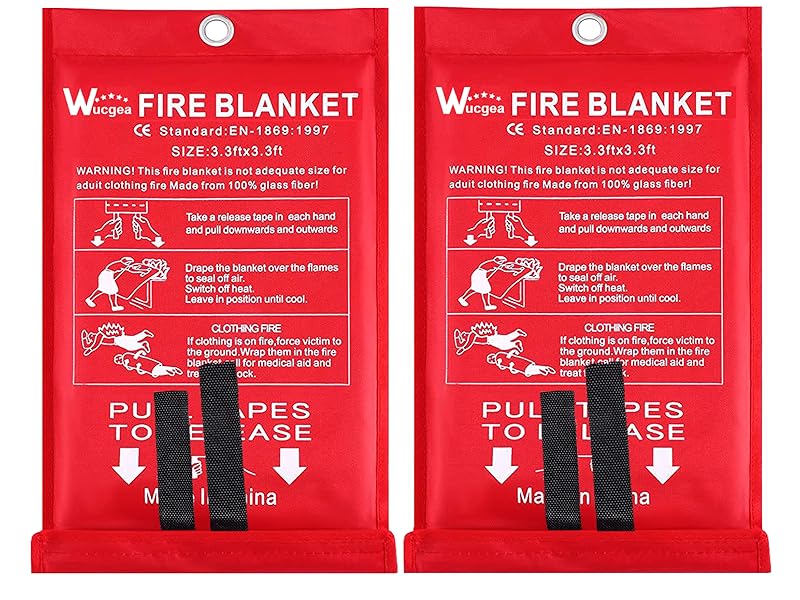
Quality fire blankets use flame-resistant materials like fiberglass or wool treated with fire-retardant chemicals. These materials:
- Withstand temperatures up to 500°C (932°F)
- Don't melt or drip onto flames (which would add fuel to the fire)
- Remain flexible in cold environments
Inspect your fire blanket monthly. Look for:
- Intact packaging with easy-access tabs
- No visible tears or damage
- Clear expiration date (typically 5-7 years from manufacture)
Why Every Kitchen Needs a Fire Blanket
60% of home fires start in the kitchen. A fire blanket placed within 1.5m of your stove provides critical protection against:
- Grease fires that water would worsen
- Oven fires where chemical extinguishers might damage food surfaces
- Small appliance fires where you need quick, non-toxic suppression
Unlike extinguishers that require annual maintenance and training, fire blankets offer simple, one-time protection. Their ability to disrupt the fire triangle by oxygen removal makes them essential safety tools that complement - not replace - your fire extinguisher.
Conclusion
Understanding the fire triangle helps you choose the right firefighting tool. Fire blankets provide an effective, low-maintenance way to smother small fires by removing oxygen. Keep one accessible in high-risk areas, learn proper technique, and remember they're just one part of a complete fire safety plan.



